In Stock
Buy Rubraca (rucaparib) Online
DISEASE INDICATIONS: Gynaecological Cancer
MANUFACTURER: Clovis Oncology, Inc.
USAGE: Oral
MEDICINE APPROVED BY:
European Medical Agency (EMA)
Food and Drug Administration (FDA)
Rubraca is indicated for the treatment of women with advanced ovarian cancer who have received two or more prior lines of chemotherapy and have a deleterious BRCA mutation, as detected by an FDA-approved test.
From $1,647.81
Ovarian cancer is a formidable adversary in the world of oncology, known for its late-stage diagnosis and high mortality rates. For decades, the medical community has been diligently seeking innovative therapies to combat this aggressive disease. In this description, we explore Rubraca (Rucaparib), a breakthrough medication that has emerged as a game-changer in the treatment of ovarian cancer. We’ll delve into the history, mechanism of action, clinical applications, and the transformative impact of Rubraca on the lives of patients facing this challenging diagnosis.
Introduction to Rubraca
Rubraca, also known by its generic name Rucaparib, is a poly(ADP-ribose) polymerase (PARP) inhibitor developed by Clovis Oncology. It received approval from the United States Food and Drug Administration (FDA) in December 2016, marking a significant milestone in the treatment of ovarian cancer. Rubraca is indicated for the treatment of women with advanced ovarian cancer who have received two or more prior lines of chemotherapy and have a deleterious BRCA mutation, as detected by an FDA-approved test.
Understanding Ovarian Cancer
Ovarian cancer is a complex and heterogeneous disease, often diagnosed at an advanced stage when it has already spread beyond the ovaries. The late-stage diagnosis, coupled with its aggressive nature, makes ovarian cancer one of the deadliest gynecological malignancies. The development of innovative treatments like Rubraca is crucial in improving outcomes and quality of life for patients with this challenging diagnosis.
Mechanism of Action
Rubraca belongs to a class of medications known as PARP inhibitors. Its mechanism of action is intricately linked to the DNA repair process within cells, which is vital for maintaining genomic integrity. When DNA damage occurs, cells activate a series of repair pathways to mend the damaged DNA strands. One of these pathways involves the enzyme PARP.
In cancer cells with a defective BRCA gene (commonly seen in ovarian cancer), PARP inhibition becomes particularly significant. In the absence of a functioning BRCA protein, cancer cells become heavily reliant on the PARP pathway to repair DNA damage. This vulnerability forms the basis of Rubraca’s action.
Rubraca selectively inhibits PARP, preventing it from repairing damaged DNA. As a result, cancer cells accumulate DNA damage over time, leading to their eventual death. This targeted approach to treatment is designed to spare healthy cells while specifically targeting and destroying cancerous ones.
Clinical Applications
Rubraca is primarily used in the treatment of advanced ovarian cancer, particularly in cases where multiple lines of chemotherapy have been exhausted. It is indicated for patients with a deleterious BRCA mutation, detected by an FDA-approved companion diagnostic test. The FDA approval of Rubraca was based on compelling clinical trial data that demonstrated its efficacy and safety in this patient population.
Clinical Trials and Efficacy
The approval of Rubraca was based on data from the ARIEL2 clinical trial, which included women with advanced ovarian cancer who had a BRCA mutation and had received two or more prior lines of chemotherapy. The trial showed that Rubraca was associated with a high objective response rate and durable responses, highlighting its potential to provide meaningful clinical benefits to patients.
Further support for Rubraca’s efficacy came from the ARIEL3 clinical trial, which investigated the use of Rubraca as a maintenance therapy in patients with recurrent ovarian cancer. This trial demonstrated a significant improvement in progression-free survival for patients receiving Rubraca compared to those receiving a placebo.
Safety Profile
While Rubraca has shown significant clinical benefits, it is essential to consider its safety profile. Common side effects may include fatigue, nausea, vomiting, abdominal pain, and anemia. Some patients may experience more severe side effects, which require close monitoring by healthcare providers.
It is important to note that the benefits of Rubraca often outweigh the potential risks for patients with advanced ovarian cancer. The drug’s remarkable efficacy in targeting cancer cells and its potential to extend progression-free survival make it a valuable treatment option.
Impact on Patients’ Lives
The introduction of Rubraca has transformed the treatment landscape for women with advanced ovarian cancer and BRCA mutations. It offers a ray of hope for patients who have exhausted other treatment options and face a dire prognosis. Rubraca provides the potential for extended survival, improved quality of life, and the opportunity to create meaningful moments with loved ones.
For patients and their families, Rubraca represents a lifeline in the face of a devastating diagnosis. It offers a chance to fight back against ovarian cancer and opens doors to new treatment possibilities. The drug’s effectiveness in targeting cancer cells specifically provides hope and optimism, inspiring patients to confront the disease with newfound strength.
Conclusion
Rubraca (Rucaparib) is a groundbreaking medication that has revolutionized the treatment of advanced ovarian cancer, particularly in patients with BRCA mutations. Its targeted mechanism of action, supported by robust clinical trial data, has paved the way for a more effective and personalized approach to treatment. By inhibiting PARP and exploiting the DNA repair vulnerabilities of cancer cells, Rubraca offers new possibilities for extended survival and improved quality of life.
As research in the field of oncology continues to advance, the role of Rubraca may evolve, potentially benefiting an even broader spectrum of patients. It serves as a shining example of the progress of medical science and underscores the importance of ongoing innovation in the fight against ovarian cancer. For women facing the challenges of advanced ovarian cancer, Rubraca represents a beacon of hope, offering a chance for extended survival and a brighter future in the face of a formidable adversary.



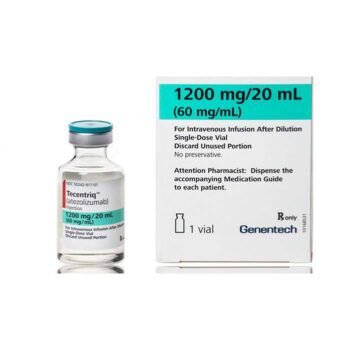
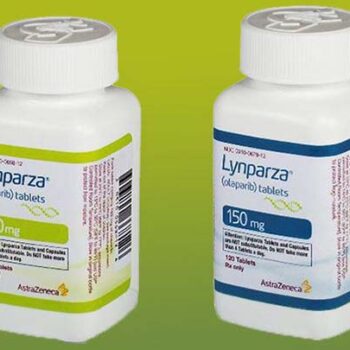
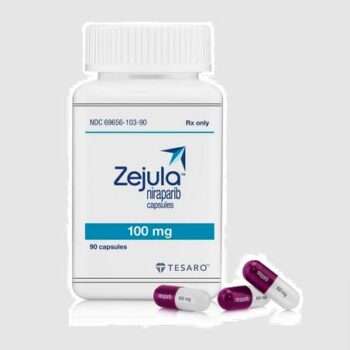
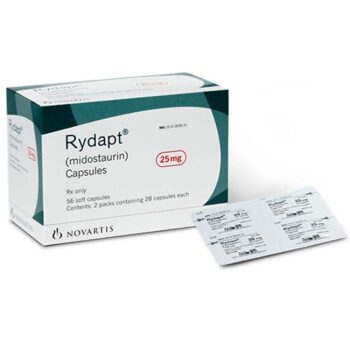

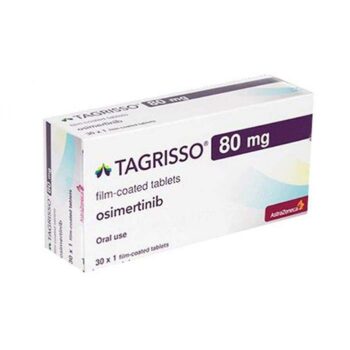
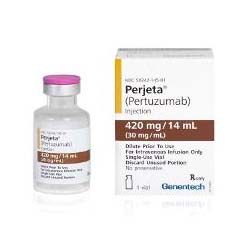


Reviews
There are no reviews yet.